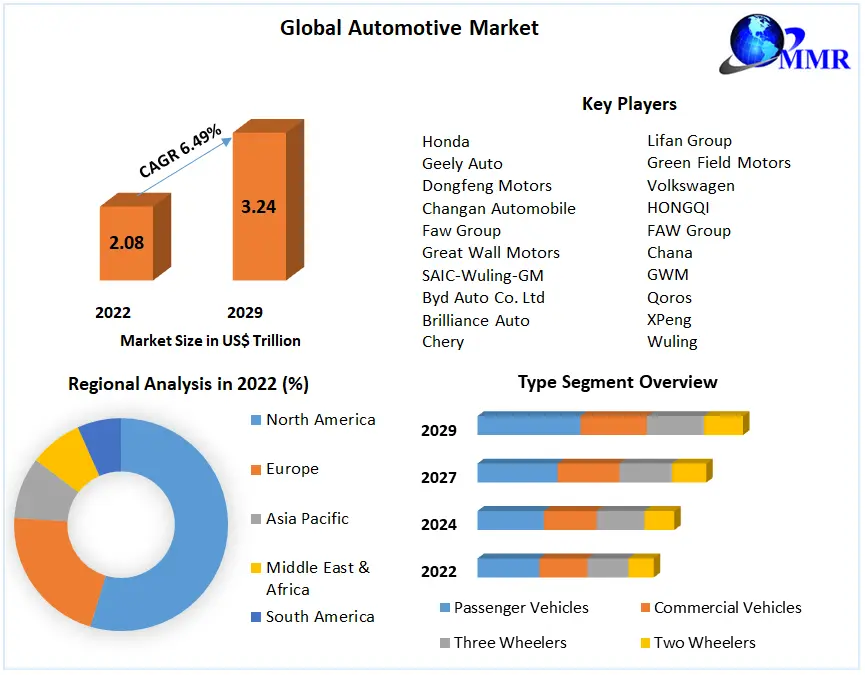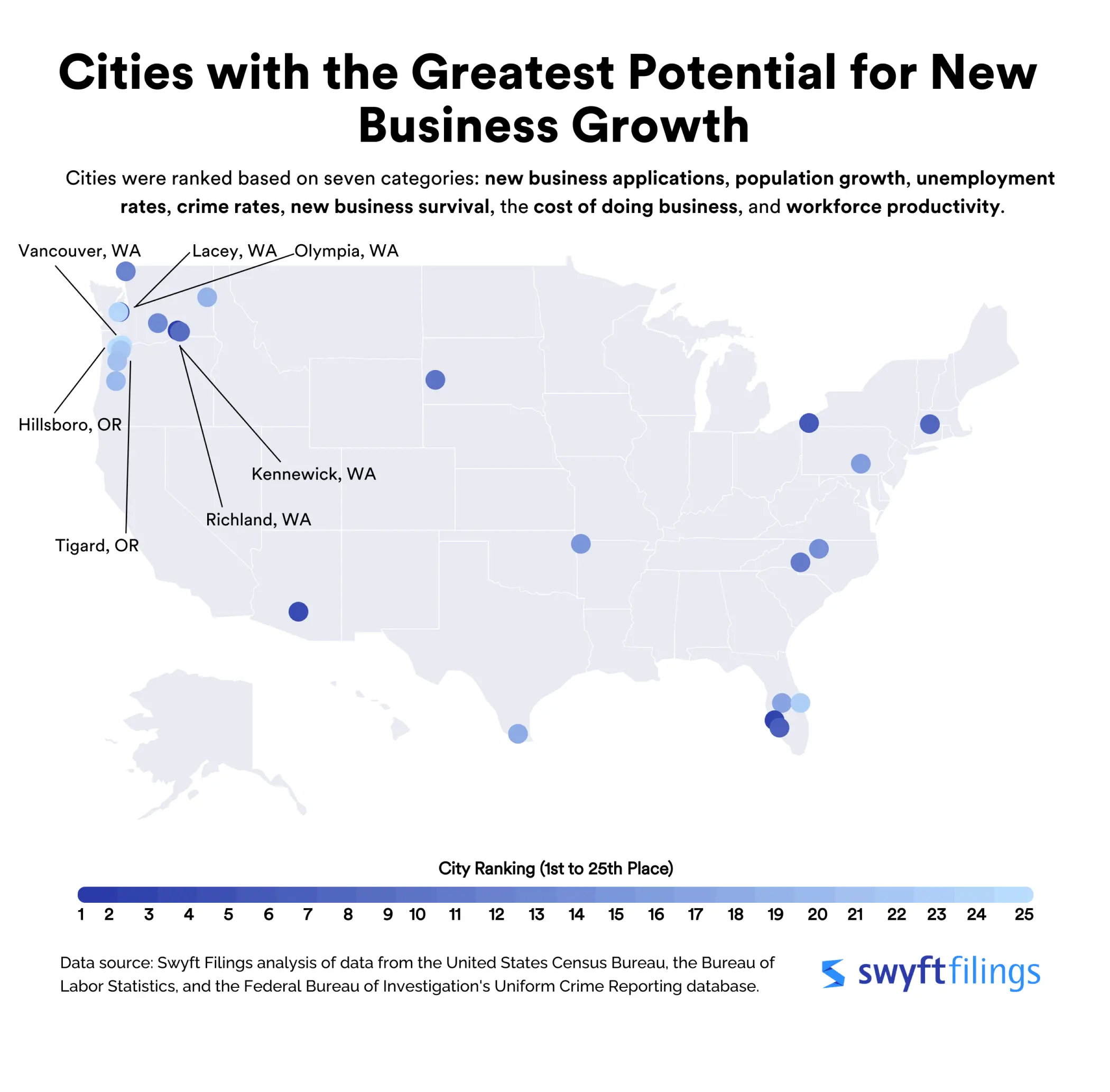China's Automotive Market: Assessing The Difficulties For Brands Like BMW And Porsche

Table of Contents
Intense Competition from Domestic Brands
The rise of Chinese automakers represents a significant hurdle for established luxury brands. Domestic brands like BYD, NIO, and Xpeng are rapidly gaining market share, challenging the dominance of foreign players. Their success stems from a combination of factors:
- Aggressive pricing strategies: Domestic brands often offer vehicles with comparable features at significantly lower price points, appealing to a broader range of Chinese consumers.
- Rapid technological advancements in the Chinese EV market: Chinese EV manufacturers are at the forefront of innovation, pushing the boundaries of battery technology, autonomous driving capabilities, and in-car digital experiences. This rapid innovation directly challenges the technological edge that foreign brands once held.
- Growing consumer preference for domestic brands: A rising sense of national pride and increased trust in domestically produced technology is fueling the preference for Chinese brands among younger generations. This shift in consumer sentiment is a crucial factor to consider.
These factors create an intensely competitive landscape, forcing luxury brands to constantly innovate and adapt their offerings to remain relevant.
Shifting Consumer Preferences and Demands
Chinese consumer preferences are evolving at a rapid pace, demanding a flexible and responsive approach from foreign automakers. The demand for electric vehicles (EVs) and other alternative fuel vehicles is surging, driven by government initiatives and growing environmental awareness. Furthermore, technological sophistication plays a pivotal role:
- Rising demand for EVs and hybrid vehicles in China: Government regulations promoting electric mobility and growing consumer awareness of environmental issues have created a massive market for EVs and hybrids, requiring luxury brands to offer compelling electric options.
- Focus on connected car technology and autonomous driving features: Chinese consumers value advanced technological features, including connected car services, infotainment systems, and autonomous driving capabilities. Falling behind in this area could severely impact market share.
- Importance of a strong online presence and digital marketing: E-commerce and digital marketing are crucial for reaching Chinese consumers, who are highly active online and rely heavily on digital platforms for product research and purchase decisions.
Navigating Regulatory Hurdles and Government Policies
China's automotive sector is subject to a complex and evolving regulatory environment. This includes stringent emission standards, rigorous safety regulations, and fluctuating import tariffs:
- Strict emission standards and environmental regulations: China is a global leader in setting ambitious emission reduction targets, which necessitates significant investments in research and development to comply with these standards.
- Complex import and export procedures: Navigating the bureaucratic processes related to importing and exporting vehicles and parts can present significant logistical challenges and delays.
- Government incentives for domestic automakers: Government policies often favor domestic brands through subsidies, tax breaks, and other incentives, creating an uneven playing field for foreign competitors.
Building Brand Trust and Localizing Strategies
Building strong brand trust and reputation is paramount in the Chinese market. This requires a deep understanding of Chinese consumer culture and the adaptation of marketing and sales strategies to local preferences:
- Need for strong brand building and marketing efforts: Establishing a strong brand presence and cultivating a positive brand image is crucial for gaining consumer trust and loyalty.
- Importance of understanding Chinese consumer culture: Luxury brands must tailor their marketing messages and product offerings to resonate with the specific values, preferences, and cultural nuances of the Chinese market.
- Adapting product offerings and features to local market preferences: This includes considering factors such as vehicle size, design aesthetics, and technological features that align with local tastes and demands.
Conclusion: Successfully Navigating China's Automotive Market – A Long-Term Strategy
The challenges faced by luxury brands in China's automotive market are multifaceted, ranging from intense domestic competition and shifting consumer demands to complex regulatory hurdles and the need for strong brand building. Success in this dynamic market requires a long-term perspective, substantial investment, and a deep understanding of the local context. Adapting to changing consumer preferences, navigating regulatory complexities, and building strong brand trust are crucial for long-term success. To develop effective strategies for navigating this crucial market, further research into the intricacies of China's automotive market is essential; learning from the successes and failures of other brands can provide invaluable insights.

Featured Posts
-
 The Debate On Uterus Transplants And Transgender Womens Reproductive Rights
May 10, 2025
The Debate On Uterus Transplants And Transgender Womens Reproductive Rights
May 10, 2025 -
 Reform Party Can Nigel Farage Move Beyond Criticism To Concrete Action
May 10, 2025
Reform Party Can Nigel Farage Move Beyond Criticism To Concrete Action
May 10, 2025 -
 Understanding The Growth Of New Business Hot Spots Nationwide
May 10, 2025
Understanding The Growth Of New Business Hot Spots Nationwide
May 10, 2025 -
 Aiskeja Tiesa Dakota Johnson Ir Incidentas Su Krauju Istepta Plinta
May 10, 2025
Aiskeja Tiesa Dakota Johnson Ir Incidentas Su Krauju Istepta Plinta
May 10, 2025 -
 It And Stranger Things A Look At Stephen Kings Observations
May 10, 2025
It And Stranger Things A Look At Stephen Kings Observations
May 10, 2025
